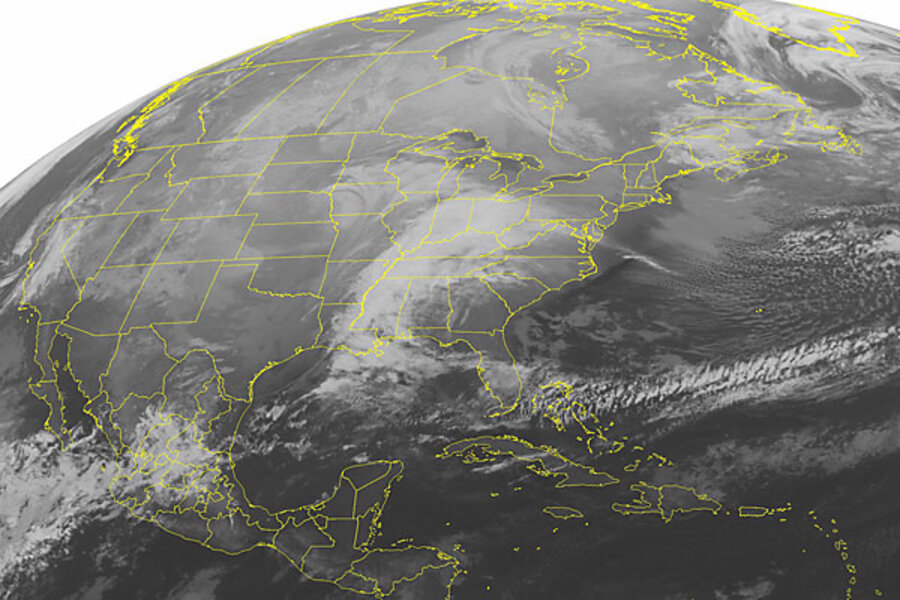New US climate service to help adapt to climate change
Loading...
For 140 years, the National Weather Service and its forerunner, the US military's Weather Bureau, have tracked and forecast weather around the country. Now, that institution is about to be joined by a national climate service.
The aim of the new service is to give energy companies, farmers, other climate-sensitive industries, and community planners the information they need to anticipate and adapt to the potential effects of global warming. In addition, it will serve as a single repository for US climate information, accessible via a single website.
US Commerce Secretary Gary Locke announced his department’s move to set up the service Monday, noting "some degree of climate change is inevitable."
The service, which will fall under the purview of the National Oceanic and Atmospheric Administration (NOAA), will look beyond changes in daily or weekly weather to focus on changes in long-term trends – in temperature, precipitation, wind, and other weather features – that constitute a region's climate.
The notion is not new. Energy and climate bills under consideration in Congress contain provisions to establish a national climate service. And during the 2008 presidential campaign, several groups seeking to influence an Obama or McCain presidency on the climate issue offered up similar ideas.
But the climate bills are languishing at the moment. Monday’s announcement, Mr. Locke said, is an attempt to get ahead of rising demand for climate projections as companies and state and local governments make key decisions on long-term investments in new facilities or in major infrastructure projects such as roads, bridges, or reservoirs.
Industries are constantly adapting to climate changes. For instance, NOAA has helped the building industry develop standards on how deep to dig a structure's foundation so that it is protected from winter temperature extremes, according to Thomas Karl, the acting head of the new service.
"But the issues now are not only adapting to past changes," he says. "How should we be thinking about climate" over time scales ranging from the next decade to the next 100 years?
Administration officials say they need the approval of congressional committees that hold the purse strings. But because the effort constitutes reorganization within NOAA rather than a new program, no additional legislation is necessary to implement the plan.
In one sense, the move represents a gauntlet thrown before climate researchers as much as it represents a new focus for NOAA's weather and climate services. Scientists’ understanding of the climate system and current modeling capabilities are not yet up to the task of providing the kind of regional climate forecasts planners ultimately envision, Dr. Karl says.
He cites conditions this winter as an example. "We know we have a moderate El Nino, but we also had an unusual circumstance" up north, he says. A circulation pattern centered over the Arctic, which researchers have dubbed the Arctic Oscillation, intensified over the winter.
"It rearranged hemispheric circulation, and we don't exactly understand that today," he says.
Yet that understanding is important for estimating the likelihood that in any given winter the mid-Atlantic states could see more storms like the one last weekend which buried some locations under more than 30 inches of snow.
---
Follow us on Twitter.





